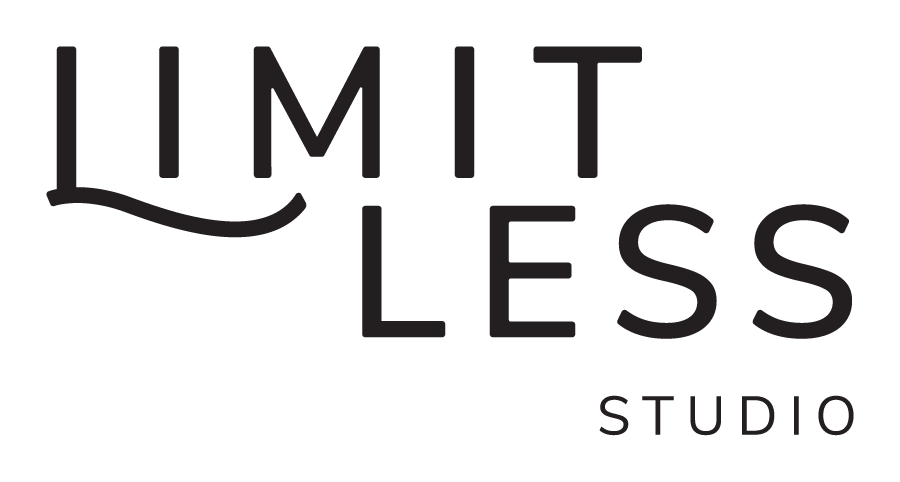Start Thriving: How to Plan an Owner Retreat to Strategically Grow Your Fitness Business
Do you have a clear picture of where you want to take your boutique fitness business, or are you stuck in react mode, jumping from crisis to crisis? If your gym looks more like the latter, you’re not alone. I’ve been a boutique fitness business coach for years, and it's far more common to meet a studio owner who isn’t sure where they want to take their studio or how to get there.
When I first opened, I was that studio owner. The good news is that it’s not your fault if you’re running between emergencies. Small business owners wear so many hats that it’s impossible to be proactive 24/7. When you’re the decision-maker, visionary, accountant, teacher, and cleaner, it’s hard to carve out the time to look ahead and draft your roadmap to get from where you are to where you want to be.
Even the most proactive of us slip into react mode from time to time- that’s normal and necessary for the success of your business day-to-day. However, remaining in that fight or flight response mode isn’t ideal for your business or your health (or happiness, I’d bet). If it’s been a while since you re-routed your direction, it’s probably time for an owner retreat.
Your gym’s trajectory can drastically and quickly improve by setting aside CEO time each year, quarter, and month to check in, identify roadblocks and needle movers, and set actionable, achievable goals. I call this an “owner retreat” and its similar to what I did as a studio owner, and what I do now with my clients and my own business.
What is an Owner Retreat?
Although it may sound expensive or complicated, an owner retreat is whatever you’d like to make it. I have clients who book a weekend trip to a beautiful, inspiring city, and I have clients who book themselves into a hotel down the street for the day. You could even camp out at your favorite coffee shop for a few hours. The location isn’t the most important part of your retreat’s success or failure.
When planning your fitness studio retreat, ensure that your location is:
Free from distractions: Can you work uninterrupted for as long as you have scheduled without tending to the needs of others? Make sure you can turn your phone off without your home life crashing down.
Inspiring: In order to get into your long-term planning brain, you need to feel safe, secure and supported. That may mean you schedule a stay-cation in your house and send your significant other out for the day or night, or you may book a weekend at a health spa. As long as you feel inspired, it’s up to you.
Well-stocked. If you’re planning to immerse yourself in your business, you don’t want to be running to Target for a notebook midway through. Think about what you’ll need to collect for an uninterrupted work session. Pens, computer chargers, snacks, a planner, coffee or tea (or a mimosa, it’s your work session), and this document. The more you prepare, the better you can stay in your executive brain.
Extra credit: What do you need to function at your highest level? Do you work better if you start your day with a workout or a hike? Do you have a playlist or podcast that makes you feel creative? There’s a reason many professional retreats begin with exercise or an expert presentation. Set yourself up for success in your favorite way.
Grade Your Fitness Business
Begin by downloading this document, then grade your studio on the following using an A-F scale:
Overall operations
Physical studio space
Staff
Membership metrics- number of members, retention, client satisfaction
Bottom line metrics include profit margins, total profits, expenses, etc.
New client acquisition- lead conversion rate and process
Marketing effectiveness
Studio culture
Owner satisfaction- takehome pay and workload
Any additional metrics that are unique to your studio
Starting with a quick outline of your gym’s strengths and areas that need improvement will help you pinpoint where to go next.
Big Picture Planning
Close your eyes and envision your ideal studio in six to twelve months. You don’t need to go into detail yet. Just think about the following:
Culture- Do your clients know your studio’s mission? Can they feel what makes your gym unique? Have you celebrated a member appreciation party or switched up your programming?
Classes- How are your numbers? Do you need to add or subtract classes from your schedule? Conduct a schedule audit and identify which classes are performing well and which need to be removed.
Staffing- do you need to hire or train? How is your studio’s employee culture? Have you conducted a formal evaluation recently?
Your ideal work schedule may feel like a pipe dream, but you can work as many hours as you’d like. We just need to build the foundation and execute accordingly. What does your dream work schedule look like?
Bottom line- In an industry that focuses almost exclusively on top-line metrics such as the number of members and gross revenue, how is your bottom line (net income) looking? Are you as profitable as you’d hoped? What broad areas can be addressed to improve your take-home pay?
Make it Manageable
Research shows we can focus on no more than three things at a time, so it’s time to narrow down your goals to three main objectives for the rest of your year. Which two or three areas scored below a “B” and merit dedicated focus? For example, perhaps you have a staffing issue that needs immediate attention. Rather than constantly throwing water on instructor fires, let’s look for the root and discover how we can make actionable improvements.
First, start with the problem. To illustrate, we’ll work through a not-so hypothetical staffing problem:
My staff is a revolving door- retention is low, and sub-requests are through the roof. Finding subs for teachers is difficult, resulting in canceled classes.
This is an actual issue from one of my coaching calls this month. We have three root causes within our staffing example that will help us build our proactive plan:
Teachers are not staying with the studio long-term. There is likely a culture problem, or the studio owner hires the wrong people for the job.
There are too many sub-requests going unfilled, so instructors are either asking for too many subs, there is no personal responsibility to find your replacement or the staff lacks camaraderie.
The sub-policies need to be reworked, and the staff should be trained.
Once you have your problem and root causes, you can brainstorm solutions (e.g., create a sub-request document and hold a staff meeting to train staff on the new requirements). Then you’ll create a timeline for your objective achievement and build the action items as we do in our studio goal-setting process.
Repeat the process until you have an outline of needle-moving tasks for your year and each quarter, plugging them into your owner retreat document.
Personal Audit
One of the common complaints I hear as a coach is, “I’m spending my entire day working; it’s impacting my home life!” The owner portion of your owner retreat is crucial. How happy are you with your work life? How does it differ from what you thought it would be? What would you improve if given the opportunity? While you’re conducting your studio analysis, remember to include yourself.
Check-in monthly with your goals and consider conducting quarterly or bi-annual retreats so you can move your fitness studio closer to your goals rather than simply survive the day.





